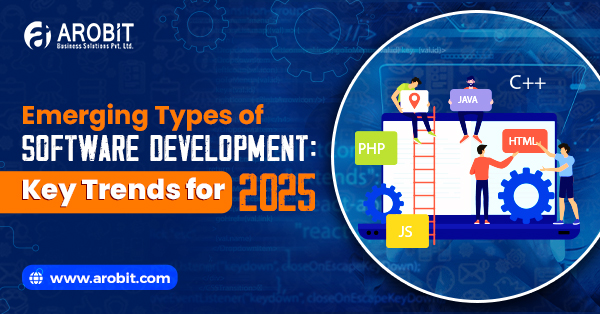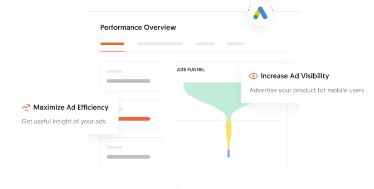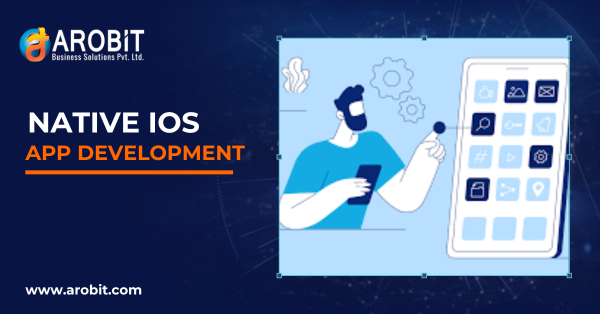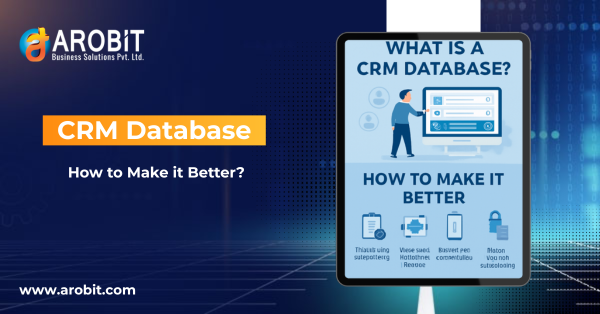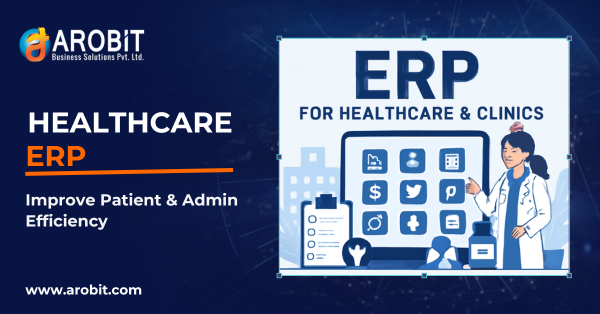As we step into 2025, the software development landscape is changing at a pace that has never been seen before. Technology advancements and changes in business needs make it imperative for developers and organizations to understand the emerging trends in software development. According to recent studies, by 2025:
- 65% of all application development will rely on low-code/no-code platforms.
- 75% are expected to shift towards cloud-native approaches.
- 60% of companies will experience severe security breaches, and therefore, there is a need for better cybersecurity.
These statistics highlight the need to evolve with new technologies and methodologies of software development.
1. Generative AI in Software Development
Definition and Overview
Generative AI is the type of algorithm that can create new content, such as code, from existing data. It is transforming how software is created by automating many tasks.
Impact on IT Engineers
Generative AI makes the debugging, documentation, and prototyping processes more efficient. For example, it can generate snippets of code or documentation based on comments by developers, thereby shortening the development cycle by many folds.
Collaboration Improvements
Generative AI enables team members to better collaborate with one another by offering real-time suggestions and automating repetitive tasks. It bridges the skill gap in development teams so that less experienced developers can make a greater contribution.
2. AI-Fueled Simplification of Development
Evolution of Tech Stack
The classic tech stack is crumbling with the emergence of APIs and new tools that simplify the development process. This shift will enable developers to focus more on creating impactful applications rather than handling complex infrastructures.
Democratization of Development
Simplifying AI tools allows developers of any skill level to build applications without needing deep programming knowledge. This democratization opens up the software development process to a larger population, thereby increasing innovation and creativity.
Consistency and Reliability
As AI applications become core to business operations, consistency and reliability will be at the forefront. Companies will need to ensure that these aspects are met in order to maintain user trust and satisfaction.
3. Low-Code and No-Code Platforms
Market Growth
By 2025, 65% of all application development will use low-code or no-code platforms. Low-code/no-code platforms enable users to build applications using visual interfaces instead of coding.
Advantages for Non-Developers
Low-code/no-code platforms allow fast application development with minimal programming skills. This enables business analysts and other non-developers to contribute directly to software projects.
Constraints
While these platforms are great for quick solutions, mature enterprise applications require experienced developers to scale, secure, and implement deep integrations that low-code platforms do not support.
4. Cloud Native Development
Adoption Rates
Applications will adopt cloud-native approaches by 2025, and it will be hence expected to reach 75%. This trend concentrates on resilience, scalability, and efficiency in application design.
Microservices Architecture
Cloud-native systems make use of microservices architecture, where applications are segmented into numerous, smaller parts. This pattern provides more scalability because updates can be made without disturbing the entire application and hence provides flexibility.
Edge Computing and 5G Impact
The integration of edge computing and 5G technology enhances cloud-native solutions, providing real-time analytics and an ultra-responsive system, while applications like autonomous vehicles and smart city infrastructure will be significantly affected.
5. Improved Cyber Security Measures
Increasing Cyber Threats
With the rapid advancement of digital technologies, so are the cyber threats. By 2025, 60% of companies are expected to suffer from significant security breaches, highlighting the importance of proper security.
New Paradigms in Cyber Security
The new paradigms in cybersecurity include blockchain for secure transactions and data integrity. Blockchain is a form of record that cannot be altered; hence, it ensures transparency in finance and health care sectors, among others.
Quantum-Safe Cryptography
With advancements in quantum computing, it is necessary to develop security measures against its decryption capabilities. Quantum-safe cryptography will be needed to protect sensitive information from future threats.
6. Changing Developers' Role
Responsibility Transition
Developers are moving away from just simple coding jobs and becoming more of a strategic contributor in an organization. They need to explain the potential solution for business problems with the help of technology to decision-makers.
Leverage of AI Tools
GitHub Copilot and similar tools change the face of the activities that developers have been performing every day by replacing tedious tasks with time on more critical issues of problem-solving.
Focus on Creativity and Innovation
This evolution pushes developers to engage more with leadership roles within their organizations, using their creativity and innovation skills to drive business success.
7. Remote and Distributed Work Models
Statistics on Remote Work
The pandemic has accelerated, but is most likely to persist in the future, a phenomenon where at least 30% of the software development teams will work remotely by 2025.
Collaboration Tools
Tools like Slack, Zoom, Figma, and Jira enhance communication and project management of distributed teams while working remotely and boost productivity.
Global Talent Pool
Remote work models enable organizations to tap into a global talent pool, allowing them to hire skilled professionals from diverse geographical locations without the constraints of physical office spaces.
FAQs
Q1. How many types of software development are there?
A1. There are several types of software development. Some of these include:
- Web Development
- Mobile Development
- Desktop Application Development
- Embedded Software Development
- Game Development
- API Development
Q2. What are the 4 main types of software?
A2. The four main types of software are:
- System Software (operating systems)
- Application Software (productivity applications)
- Programming Software (development tools)
- Embedded Software (software for specific hardware)
Conclusion
The software development landscape is changing very fast due to new technologies, such as generative AI, low-code/no-code platforms, cloud-native architectures, enhanced cybersecurity measures, and the evolving nature of developer roles. Businesses have to keep pace with these trends if they want to survive in today's fast-moving marketplace.
Organizations should think about investing in software consulting services, partnerships with software consulting companies, or custom software solutions developed according to the organizations' specific needs, including thorough software development services, to help them overcome these changes successfully. Knowing the emerging types of software development helps businesses get a good hold on the future. The future's bright for the ones embracing this change. Let's stay agile and innovative together!

